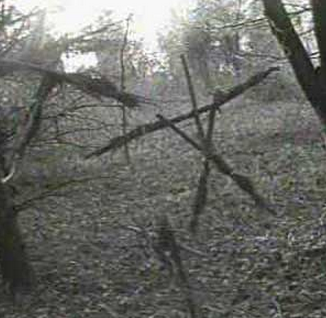
Lot’s of excitement today that FMG is out of the woods. From the AFR and JPMorgan:
JPMorgan believes the chances of Fortescue Metals Group completing a $3 billion-plus sale of a minority interest in its Pilbara infrastructure business to reduce debt are now less than 50/50, due to improved internal cash flows.
Although Fortescue said it was progressing commercial negotiations for the sale of a stake in The Pilbara Infrastructure, JPMorgan analyst Lyndon Fagan said he doubted whether the company would follow through because strong iron ore prices were persisting and production was ramping up as planned. The falling Australian dollar had also had a positive impact on cashflow.
“In our view, Fortescue pushing out the timeline to the September 2013 quarter is the first sign of the company taking a ‘wait and see’ approach on the iron ore price and internal cash flow generation potential,” he said.
From Bartho at BS:
As each month passes, the pressure on Fortescue Metals to raise a big lump of cash by selling equity in its Pilbara infrastructure assets is receding.
…The so-called C1 cash costs (which exclude about as much as they include) fell from $US43.61 a tonne in the March quarter to $US36.01 a tonne in the June quarter, which FMG attributed to lower strip ratios, cost savings and operational efficiencies.
It said the total cost savings from the program adopted last September were now $US400 million, an indication of how effective the shock the group experienced last year has been in focusing the group on its costs.
The 12 per cent or so fall in the value of the Australian dollar this year is also having a positive impact, with FMG saying it had contributed $US1.89 per tonne to the reduction in C1 costs between March and June.
The combination of its lower cost base and the current value of the dollar have led FMG to forecasting C1 costs of between $US36 and $US38 a tonne for the 2013-14 financial year.
…The improving financials remove some of the urgency from a sale of equity in TPI.
These analyses look like they come straight from the FMG press release. Yes, the good news in the release was the reduction in C1 cash costs but you can roughly double the figure for actual break even once royalties, haulage, drying, maintenance, shipping and debt costs are factored in. That makes FMG profitable somewhere below $80, perhaps even the low $70s. Certainly an improvement but still not cheap.
A little game theory is in order. The majors seem determined to proceed with their big expansions and trade price for market share as competitors fold. The only substantial Australian contender still set for further expansion is Roy Hill, which, given its peculiar make-up of export finance entity funding and Gina guarantees, may actually get the go ahead into the emerging glut. We don’t know Gina’s cash cost but it surely won’t get financed if it’s higher than FMG’s.
CEO Nev Power has also been quoted today saying that in China:
“We’re talking about an economy that is double the size that it was seven years ago, 7.5 per cent economic growth on that is very strong indeed,” he said.
“We maintain our confidence in China and believe they will continue their urbanisation and industrialisation process which will continue to drive steel demand and therefore iron ore demand.”
…”I’m sure we’ll see some volatility in the iron ore price but if you look at the fundamental supply and demand balance we don’t see any major change to the price going forward,” Mr Power said.
No change in outlook? What about the 150 million new tonnes of Pilbara capacity comes online from BHP, Rio, FMG and Sino Iron by mid next year? And the other 75 million tonnes coming from elsewhere? Not to mention the distinct possibility of peak steel in China as it rationalises steel mills.
So, is FMG choosing to hold onto its infrastructure assets? Or is this a context in which anyone who likes the look of the assets might hold back on an offer to see what price they’re at next year? FMG is down 2.5% today so perhaps the market sees the same thing.

